Most producers know the frustration of a creative dry spell. Jonny Strinati walks through ten techniques to help break the writer’s block and generate new track ideas.
UsE Audio-To-Score To CREATE Chords
Extracting the melody from a percussion loop can be a great way to kickstart a new idea. Furthermore, playing back the hook you’ve created alongside your original percussion loop usually creates a strong framework to build on.
Step 1
Begin by loading a percussion loop into your DAW. We’re using Logic Pro X here, but Ableton and Cubase both feature the ability to extract MIDI data from audio files. There are even plugins dedicated to this task such as Melodyne.
We’ve loaded a two-bar percussion loop onto an audio track. We’ve made sure there is some variation between the different percussion hits contained in the loop, so the MIDI we extract from this loop will contain notes of different pitch. If your first choice of loop doesn’t create good results, it’s quick and easy to try another one until you find something that works.
Audio PlayerStep 2
Now press cmd-F on your keyboard to show Flex Pitch/Time. You will now see a Flex icon appear on the audio track; click this so it turns purple and activates Flex editing for this audio region.
Underneath the Flex icon there is a drop-down menu containing the different types of Flex editing we can apply. Select Flex Pitch. You will now see MIDI notes appear on the audio region, reflecting the pitches of each percussion hit.
Step 3
We now need to transfer the MIDI notes we’ve generated to a new instrument. Double-click on the audio region to bring up Flex Pitch editing. In the top left of the pane there is an Edit drop-down menu. Towards the bottom of this menu you will see ‘Create MIDI Track from Flex Pitch Data’. Select this option. Logic will extract the MIDI data and create an Electric Piano track with the pattern.
Audio PlayerStep 4
Now we can transfer this MIDI region to another synth and search for a more interesting sound. We’ll load an instance of U-he’s excellent Diva synth and recall the ‘HS Fatima poly’ patch found in the POLY SYNTH category.
Audio PlayerStep 5
Now we can take things one step further by using Logic’s Chord Trigger MIDI effect to generate chords from the MIDI notes we’ve created. On the Diva channel strip, underneath the EQ box there is a MIDI FX slot. Select Chord Trigger from the list.
We’ve chosen to load the Minor preset from the Single>Triads category. This creates extra notes three semitones and seven semitones above the root, giving us a nice warm minor triad.
Dropping the notes down by one octave for a deeper sound, here’s our quick and easy chord pattern playing back alongside the original percussion loop and a simple kick pattern:
Audio Player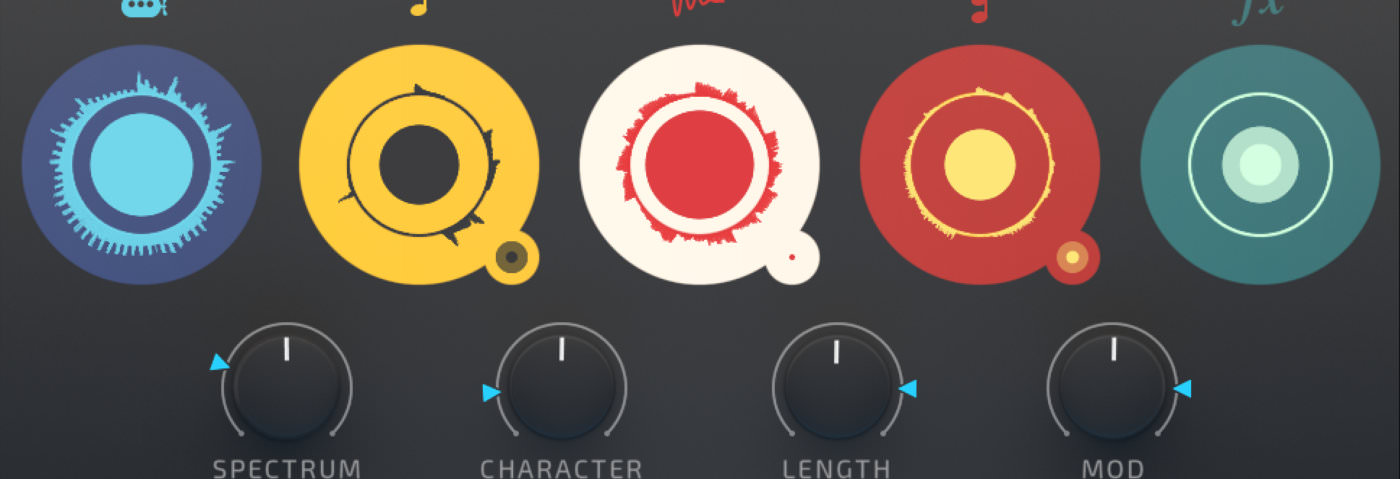
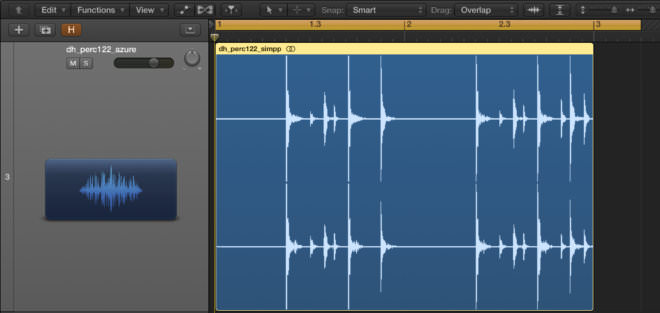

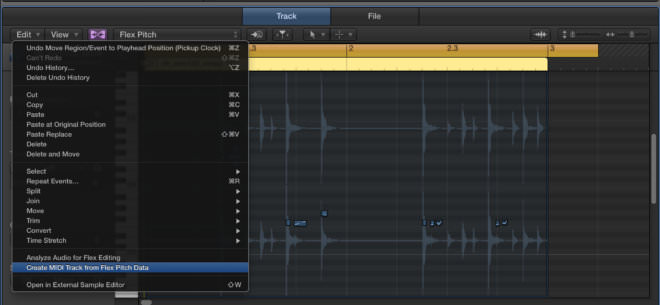
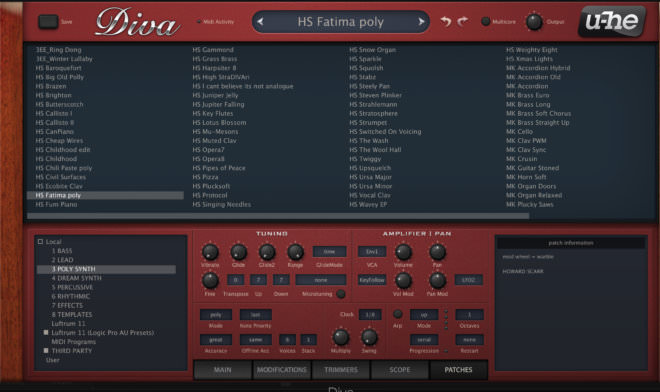

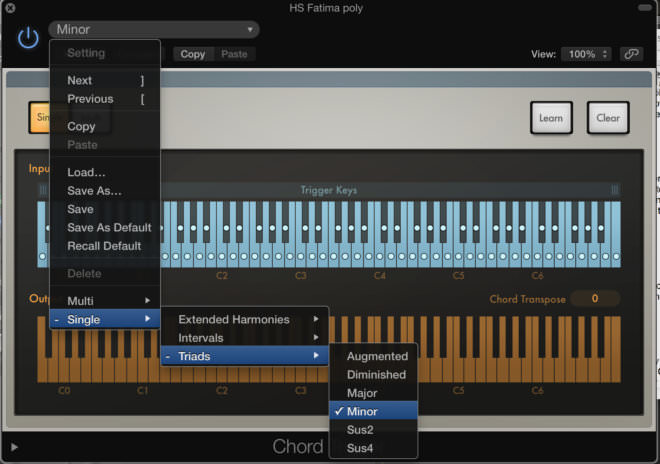
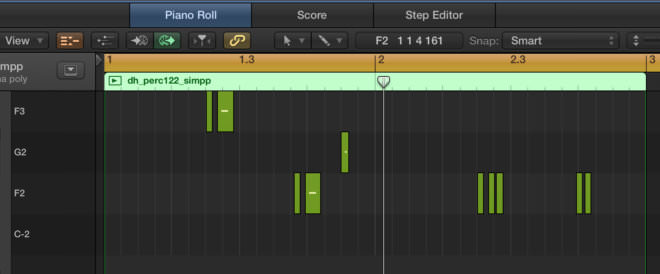
03.54 AM
Really nice tutorials thank you !
Any way to do the tutorial number 4 with only Ableton ?
08.53 AM
In session view, right click on your audio region and select ‘Convert Audio to New MIDI Track’
10.12 AM
In this case, “Convert Audio to new Midi Track” is going to slice the audio up. If you want to extract the melody, just right click and select “Convert Melody to new Midi Track”
05.40 PM
Thanks for clearing that up Ben!
07.22 PM
I think its fair to say most people can get nice loops going, but moving beyond that can be the problem, fleshing out an idea can be difficult – and loop-mong often sets in…… better off doing some tutorials about that subject………
08.14 PM
This was GREAT! Thanks for all the ideas. I love the fact that I can record my voice and create a midi track out of it.
12.36 PM
Thanks you Ben and Jonny Striate !
08.29 AM
Genius. Thanks for the tips!
09.55 AM
audio doesn’t appear to be working for these examples?
11.05 AM
Thanks for pointing this out Craig.
It appears to be working for us.
Which browser are you in?
Is it all the examples?
06.30 PM
The last tip is really really great, never thought about it.
02.49 PM
I have done this couple of times myself. It’s great trick how to kick off creative process. I never understood why it works so well but recently someone told me that it’s not melody (or notes) itself that is catchy, it’s the rhythm. It might be most boring chord progression ever, but if you play it in cool fashion, add some swing… You’ve got yourself a banger